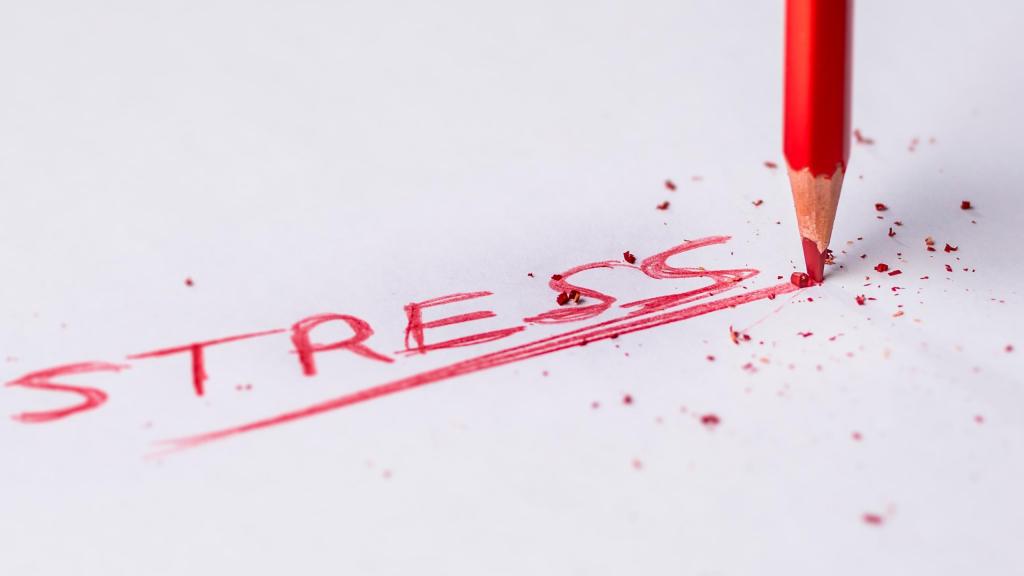The NAMI 2021 article, “Anxiety and Fear: What’s The Difference?”, considers the similarities and differences between fear and anxiety.
Fear –
According to the article, we are constantly gathering information from our 5 senses (sight, hearing, taste, smell, and touch). We use this data to access the safety of our environment. For example, when we see an angry looking person running toward us, hear someone approaching us quickly in an alley, smell smoke in our home, or when someone unexpectedly touches us on the back – we have an automatic response that engages our “emotional brain” which switches on our fear response. We are unable to control the fear response; however, we can control how we react to the fear.
Fear causes many changes in the body. For example, our heart rate increases, and breathing gets shallower. These changes ready our body to fight or flee from danger. We are physiologically designed to bypass conscious control so that our reactions are speedier.
Anxiety –
Anxiety and fear can feel similar. However, anxiety is a reaction to emotions rather than danger in the environment. Anxiety is a stop-reaction to the impulses that fear, and other core emotions create. For example, when someone has energy from fear, anxiety is used to push the fear away. One wonders why anxiety would be used to push down fear. The article provides the following reasons:
- We were considered bad or weak for being afraid.
- Our fear was unwanted or permitted by others.
- Our fear feels overwhelming and unmanageable.
- We could not escape danger at a particular time.
- We have too many emotions at once to process.
- Our fear conflicts with other emotions, beliefs, or values.
Anxiety can also be confusing because it is often associated with something upsetting in the present or something that occurred in the past that continues to influence or impact us.
All emotions are physical in nature. Due to this, we can feel them in the body.
The physical signs of fear are:
- Rapid Heartbeat
- Shortness of breath
- Sweating
- Trembling
- Chills
- Dry Mouth
- Nausea
The physical and psychological signs of anxiety are:
- Feeling tense, restless, or nervous
- Sense of doom
- Increased heart rate
- Shortness of breath
- Sweating
- Dizziness
- Ear ringing
- Trouble Concentrating
- Difficulty sleeping
- Gastrointestinal distress
- Worry
- Avoiding triggers – that cause anxiety
- Feeling insecure
Note: Anxiety and fear evoke similar physiological responses. That is why they are hard to tell apart.
Processing fear and anxiety –
To calm fear, we need to be in a non-threatening environment. Then we can use deep breathing and mindfulness to follow fearful sensations in the body until they release or dissipate (e.g. calm trembling until it stops).
To calm anxiety, we need to find a quiet place to slow things down and “feel our feet on the ground.” We can use deep breathing skills in order to calm the mind and then ask questions to better understand our anxiety.





